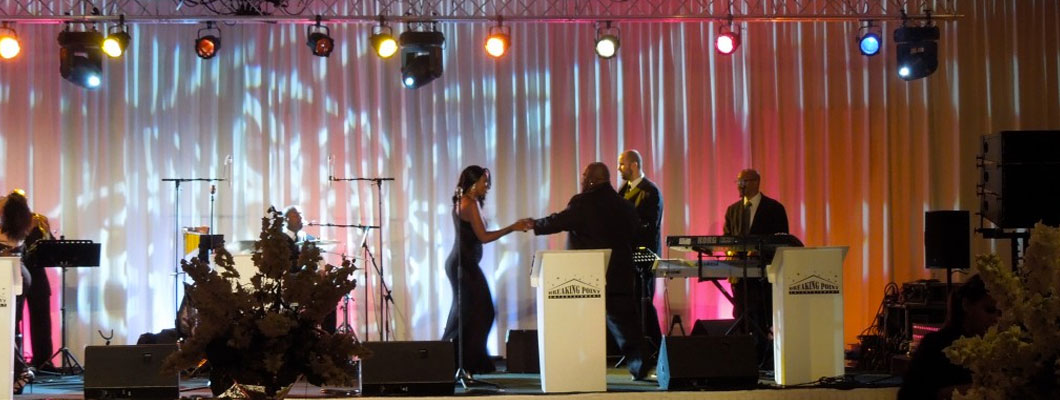Selecting the Ideal Pixel Pitch for Maximum Light Emitting Diode Wall Performance
Selecting the Ideal Pixel Pitch for Maximum Light Emitting Diode Wall Performance
Blog Article

As it pertains to light-emitting diode walls, a key most factors to consider is pixel pitch. Dot pitch refers to the distance between the centers of two adjacent pixels on an LED display. This measurement is commonly expressed in mm. Grasping pixel pitch is crucial because it directly affects the clarity and definition of the images displayed. A reduced pixel pitch indicates that the pixels are nearer together, leading to a higher resolution, while a larger pixel pitch yields in a diminished resolution. Therefore, selecting the right pixel pitch is essential for obtaining peak LED wall performance.
The choice of pixel pitch often is influenced by the sight distance. For example, if the light-emitting diode wall is intended to be seen from a distance, a larger pixel pitch may be suitable. This is due to the fact that the human eye cannot readily discern individual pixels when they are farther away. On the contrary hand, if the wall will be observed up close, a smaller pixel pitch is needed. In situations such as inside events, where viewers are typically closer to the screen, a reduced pixel pitch will provide a sharper and more distinct image. Hence, understanding how viewing distance impacts pixel pitch is critical to making an educated decision.
Another important consideration is the intended use of the light-emitting diode wall. Different applications, such as advertising, concerts, or conference meetings, may require varied pixel pitches. For instance, an light-emitting diode wall used for advertising in a shopping mall may benefit from a pixel pitch that facilitates vibrant colors and elevated detail so that it captures the focus of passing shoppers. Conversely, an external LED wall used at a concert may prioritize brightness and visibility rather than resolution, allowing for a bigger pixel pitch. Thus, the specific context in which an light-emitting diode wall will be utilized is vital for determining the appropriate pixel pitch.
Pricing is also a significant consideration when selecting pixel pitch. Typically, LED displays with smaller pixel pitches often to be more expensive due to the higher density of pixels and the sophisticated technology required for production. While it may be tempting to choose a high-resolution display with a small pixel pitch, budget constraints often require a balance between quality and cost. Organizations should assess their needs and determine how much they are prepared to invest in an light-emitting diode wall, ensuring that the pixel pitch matches with their financial capabilities while still satisfying performance expectations.
Ultimately, it is essential to consider the maintenance and durability of the LED wall when choosing pixel pitch. Displays with reduced pixel pitches can sometimes be more delicate and may need more careful handling and maintenance. Regular maintenance is required to ensure that the display functions optimally over time. Knowing the maintenance requirements and potential issues associated review with varied pixel pitches can help organizations make a more knowledgeable choice. By considering all these elements, including viewing distance, intended use, cost, and maintenance, one can choose the perfect pixel pitch for optimal LED wall functionality.